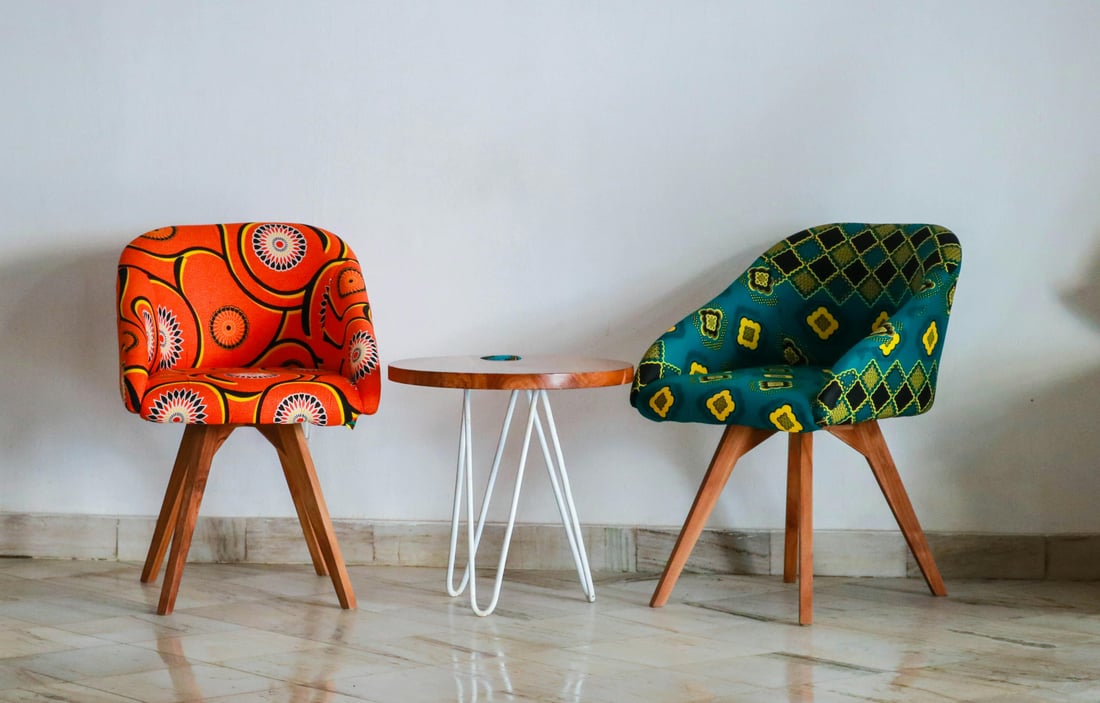Furniture inspection is essential to ensure that the quality and safety standards of furniture are met. Regular inspections can help identify any defects or damages that could pose a risk to users.
Types of Furniture Inspections
There are two main types of furniture inspections: visual inspections and functional inspections. Visual inspections focus on the overall appearance and condition of the furniture, while functional inspections test the performance and usability of the furniture.
Benefits of Regular Inspections
Regular furniture inspections can help prolong the lifespan of furniture, prevent accidents or injuries, and maintain a safe and comfortable environment for users. It also allows for early detection of any potential issues, saving time and money on repairs or replacements.
Common Issues Found During Inspections
Some common issues that may be found during furniture inspections include loose screws or fastenings, scratches or dents, cracks or breaks in the material, and signs of wear and tear. It is important to address these issues promptly to prevent further damage.
Who Should Conduct Inspections
Furniture inspections can be conducted by qualified professionals, maintenance staff, or facility managers. It is important for individuals conducting inspections to have a good understanding of furniture construction and safety standards.
Frequency of Inspections
The frequency of furniture inspections will depend on the type of furniture, its location, and how heavily it is used. High-traffic areas or furniture that is subject to frequent use may require more frequent inspections to ensure safety and functionality.
Documentation and Reporting
It is important to keep detailed records of furniture inspections, including the date of inspection, findings, and any actions taken. This documentation can help track the maintenance history of the furniture and identify any recurring issues.
Training for Inspectors
Individuals responsible for conducting furniture inspections should receive proper training on how to identify potential issues, conduct inspections effectively, and follow safety protocols. Training can help ensure that inspections are thorough and accurate.
Compliance with Regulations
Furniture inspections are not only important for safety and maintenance purposes but also for ensuring compliance with industry regulations and standards. Regular inspections can help organizations avoid fines or penalties for non-compliance.
The Cost of Skipping Inspections
Skipping furniture inspections can lead to costly repairs, reduced lifespan of furniture, increased risk of accidents or injuries, and potential legal liabilities. Investing in regular inspections is a proactive way to protect both assets and occupants.
Quote Inquiry
Contact us!

